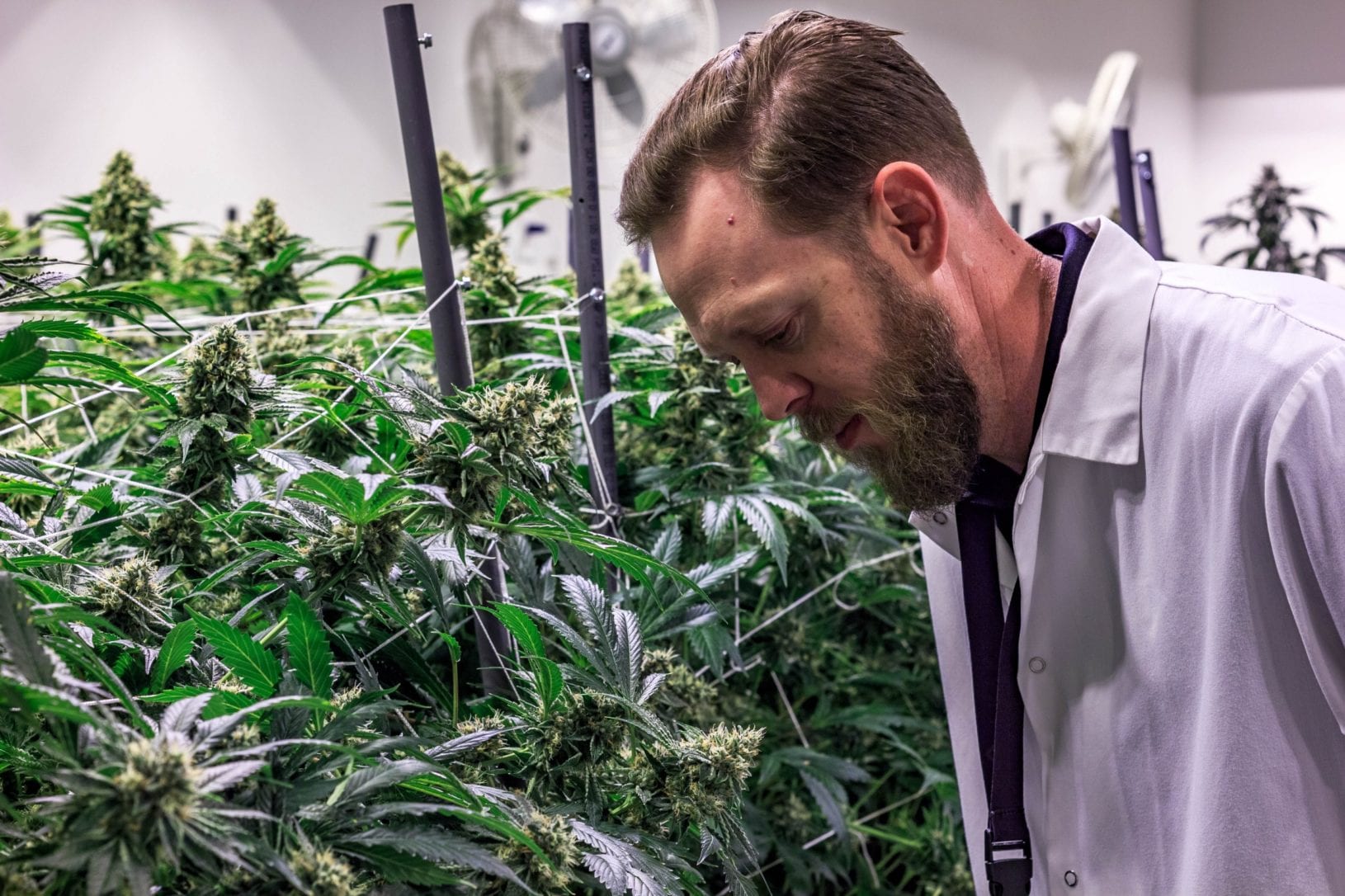Cannabis Science, Educational
If You’re Buying Your Weed Solely Based on the THC Level, You’re Doing it Wrong.
Picture this. You are preparing an elegant dinner for yourself and your significant other. You head into a liquor store looking for the perfect alcoholic beverage to complement the flavors of your meal. Do you walk up to the counter and ask the shopkeeper for the bottle with the highest alcohol percentage? Most likely not, as Everclear doesn’t really have the most appetizing taste.
But with the advent of state legal marijuana, many dispensaries in the United States report that medical patients or recreational users tend to do just that when selecting their strains. “Which one has the highest THC content,” is a question often heard by the ears of budtenders, suggesting that anything with a lower count isn’t worth their dollar. But that couldn’t be further from the truth. After all, what is the reason that sometimes one drinks a beer, another time one enjoys a glass of wine, and yet another night one savors a smooth whiskey on the rocks?
The problem with selecting cannabis strains based solely on the THC content is much like stomaching the worst swill at the bar just because it has a high alcoholic percentage. By doing this, the consumer is robbing themselves of not only the rich scents and flavors of the strain, but also missing out on the beneficial effects that can be delivered through a strain’s specific terpene profile.
Terpenes are essential oils that determine all of these factors and make each strain unique. Together with the cannabinoid content — compounds such THC or CBD — we get what’s often referred to as an “entourage effect,” which ultimately has the final say in what kind of benefits you can receive from a particular strain. In fact, it has almost gotten to the point where one can zero in on what exactly they would like a strain to do for them, and by studying the effects of the individual terpenes, with a little trial-and-error, they can find the perfect strain to suit their needs.
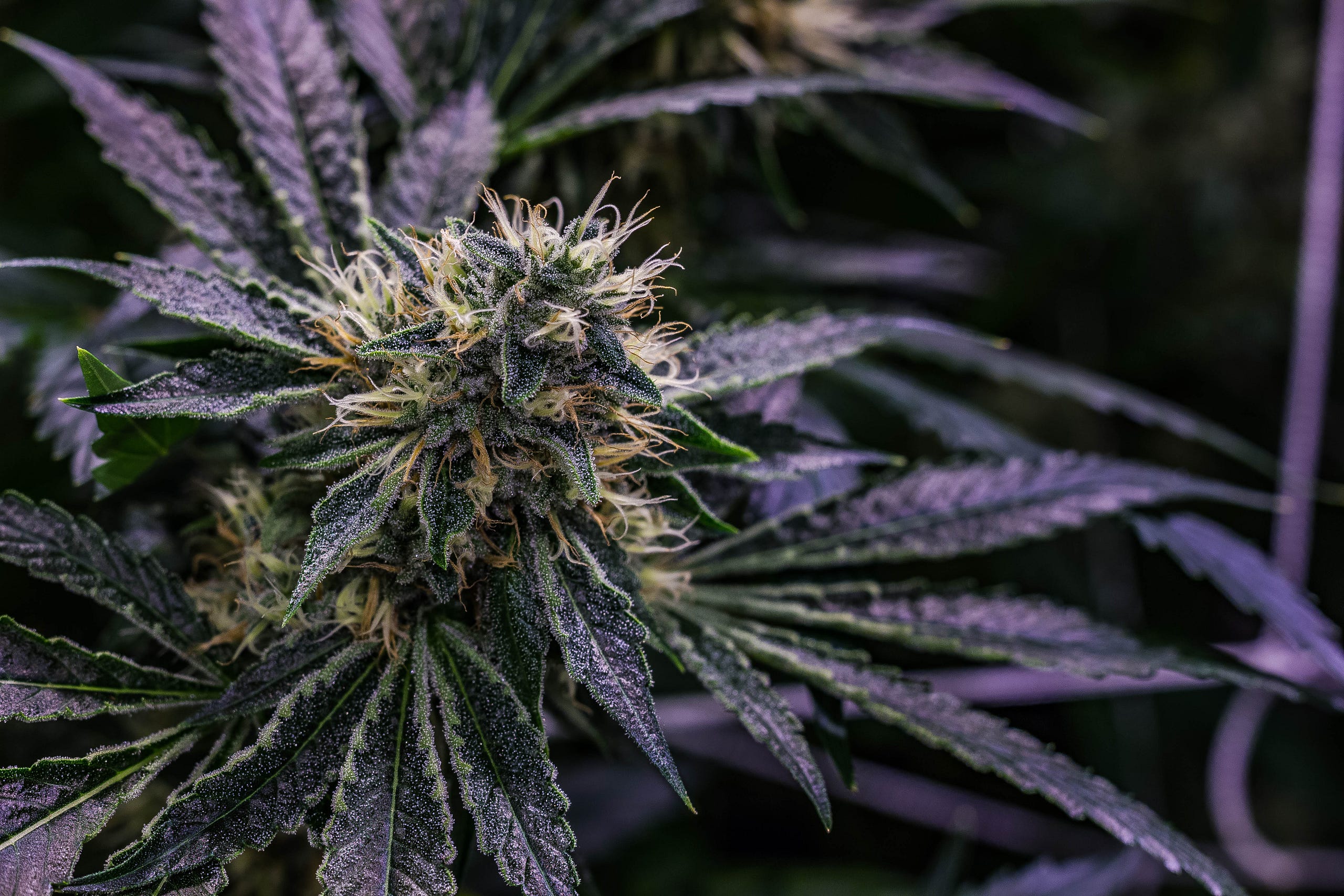
But because of the limited scientific research done inside the United States on marijuana, many of these discoveries have been made “in the field” by the underground cannabis users.
“It’s almost as if the rest of the scientific community is in the present, but as far as marijuana is concerned, we are sitting at the forefront of the scientific revolution,” says Adam Laikin, Director of Marketing for Tryke companies.
Darin Carpenter, Director of Cultivation at Tryke, feels passionately about the science of terpenes. We spoke to him to get a better idea about the fascinating discoveries happening in this space.
Mike Pizzo: When did people really start looking at terpenes as a variable in the cultivation process for marijuana?
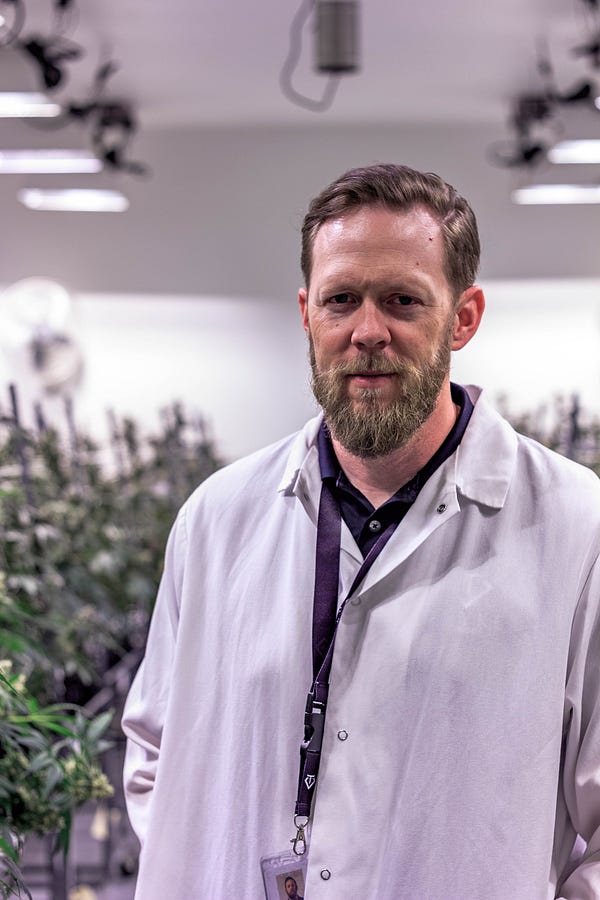
Darin Carpenter: I think generally people were looking at terpenes — whether they knew it or not — way back in the underground days, because terpenes are what give the cannabis its smell. Some people prefer very strong, pungent types of smells. Others prefer the sweet types of smells. Other growers didn’t want any type of smell. But it was all based on the concentration and makeup of the terpenes.
More recently, I think, the terpenes became more of a major subject of interest, once states started mandating analytical labs to test the different potencies of various compounds. This caused people to start truly questioning the effects and combinations of terpenes and cannabinoids.
What are some good examples of how the entourage effect works or how cultivators zero in on what is going to work together in a strain?
It’s synergy; multiple elements that work together to amplify an effect. When the cannabinoids are paired with terpenes and certain concentrations of them, that’s what generally provides the particular effect. What science understands now is that the combination of those terpenes actually has the ultimate say in the type of effect and intensity that one experiences when consuming cannabis.
Cannabinoids do have a very specific effect, but the terpenes work to amplify that effect and move it to a more particular subset, whether it’s anti-anxiety, paired with pain remediation, or helping people with insomnia, etc. CBD, for instance, is known to be a neural protectant. So that’s the effect of it, helping people with seizures, etc. When people are consuming a CBD plant with one profile of terpenes, they might get a different effect than consuming a different CBD plant with a different terpene profile.
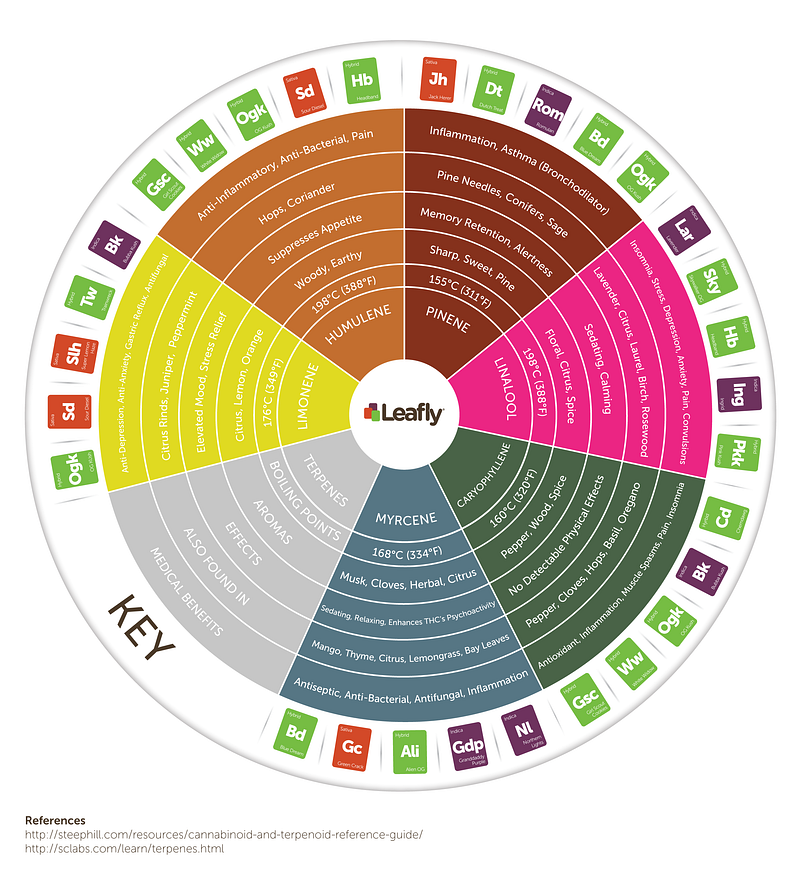
What are some of the more popular terpenes, or are they well known enough to be popular?
Well, for instance, myrcene gives off the sweet smell, more indicative of indica plants. Then you have limonene, which has more of a citrus odor, which leans heavier into sativas. There are over 200 terpenes out there, it’s just the molecular composition that changes its odor and effect.
I think there is a lot more experimentation that needs to be done. Certain labs are actually increasing the number of terpenes and cannabinoids that they are actually looking for, in an effort to understand the entourage effect of the molecular profile of that particular genetic and how it effects individuals. You can break the terpenes down to a core group, but there might be some other compounds that actually are enhancing that core group for the total enhancement. There is a lot more work that needs to be done.
Probably because there are so many combinations out there, right?
Right. So, for instance, Medusa, some people just don’t like Medusa. It doesn’t work for them. But for me, it might be the thing that takes my pain away. It might be the thing that helps me with anxiety, or symptom I am trying to control. One strain might work for you, that may not work for me the same way. One may make you feel relaxed and comfortable, while I might get a feeling of paranoia.
Everyone is harping on, “I have to have the highest THC concentration.” To me, it’s not about that. It’s the effect and finding the strain that works for you, particularly. Yes, THC gives you that psychoactive effect, but some of the better strains out there aren’t higher THC. It’s the combination of the flavors and the terpenes that are paired with the THC and the cannabinoids that make it so powerful. People see THC as a value proposition, like “I am spending $25 an eighth and this one’s got 30% THC. Why would I spend $35 or $45 on something that’s got 15%?” If they tried it, they might see that it’s not all the THC. They actually might get a better effect, taste and experience because of the terpene/cannabinoid profile that works best for them.
Federal law has made it really difficult to study cannabis in the United States, so there is not a lot of scientific research done on this here, right?
Yeah, not a lot in the United States. Israel and England is where most of the research is being done.
That actually brings up another point, that a lot of the “testing” is going on in the field, where people are going “This worked for me, this didn’t,” etc. And through word-of-mouth, those findings are kind of going “viral” in the cannabis community, is that right?
Yeah. A lot of the guys in Mendocino and Santa Rosa, the Emerald Triangle area, they were kind of growing and breeding what works for them and what speaks to them. That’s really kind of how it’s been, but nobody that I am aware of has really started a targeted breeding program to develop strains to create a library with a wide range of particular effects, quality and yield.
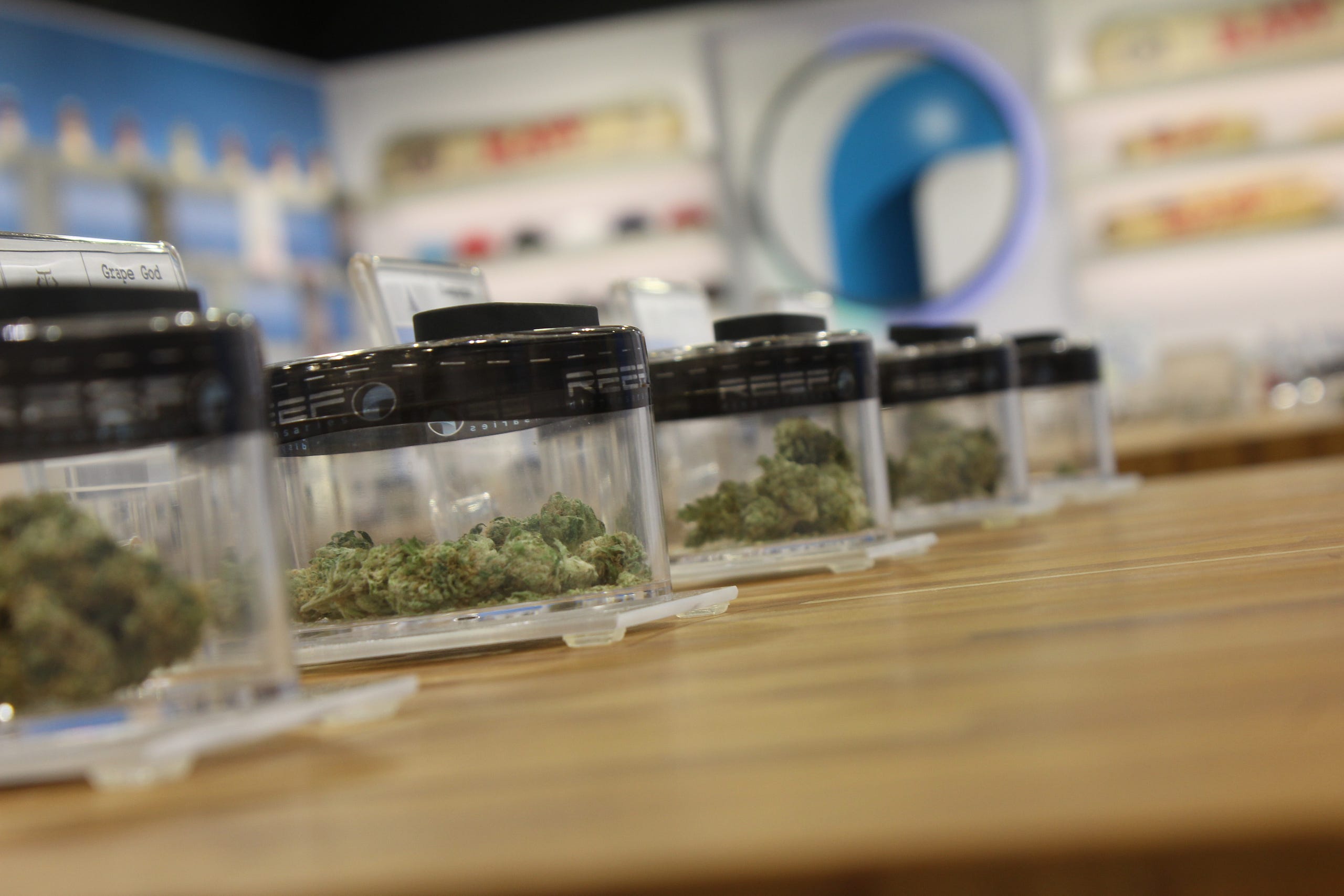
So do you think people that are purchasing based only on a super high THC levels are doing so out of naivety?
It’s not always about the concentration of the psychoactive ingredients in the flower. It is the combination of the terpenes and cannabinoids that provide that effect. So if people are looking for something, they don’t need to go for that super high-potency strain. Yes, it may work for them, but there are other options that may or may not.
For me, I hate expensive beers. If you take some super craft, micro brew with a heavy amount of hops and for me it just tastes too bitter. It doesn’t quench my thirst. I prefer other types of flavors when enjoying a beer. I think when educating the patients, we need to explain that you will still get the desired effect in most cases, and because of that, you should enjoy something that has the flavor profile smell and look that speaks to you and controls their individual symptoms.
How and where can people figure out what the effects of each terpene are and which strain is right for them?
Leafly and Weedmaps have that capability. They have a menu where you can search for strains that provide whatever you are looking for and where to get them.
Read more from the source: Medium.com
Photography by CJ Mele


